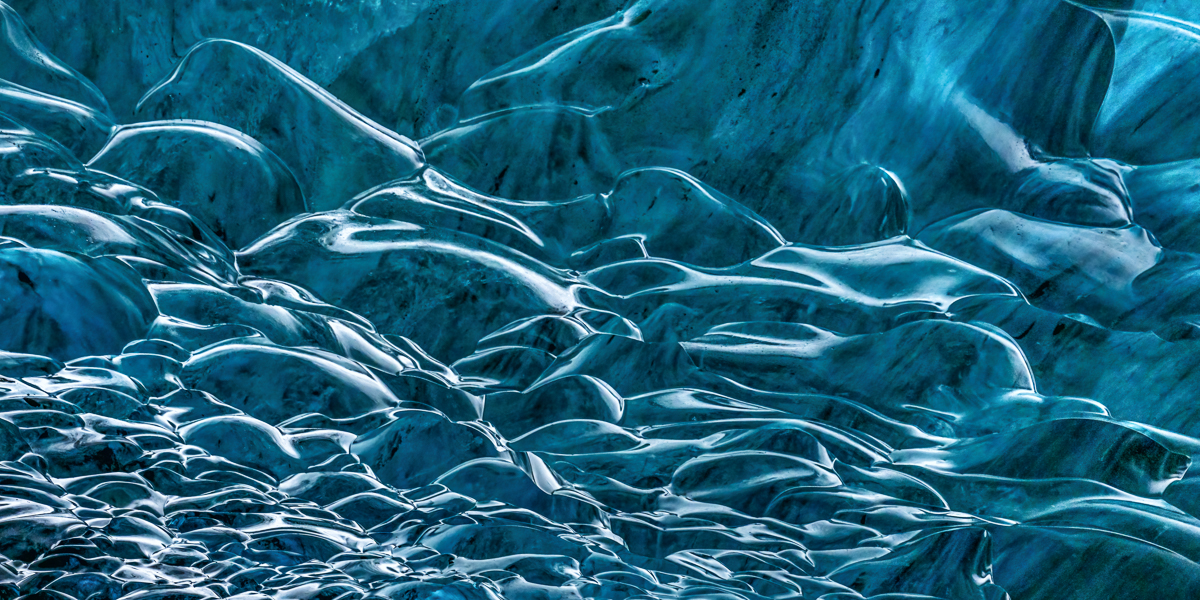Honorable Mention

Ice Bubbles
DESCRIPTION
Dominating the southeast portion of Iceland is a massive Glacier/Ice Cap known as The Vatnajokull Glacier. At more than 3,100 square miles, it is the largest glacier in all of Europe and host to more than 30 outlet glaciers. These outlet glaciers are fingers that extend down from the highlands of Vatnajökull National Park into the inland valleys in central Iceland and the ocean along the southeast coast. The result of these fingers melting as they reach lower elevations are two natural phenomena: 1) Beautiful glacial lakes that when combined with the rugged landscape of Iceland lead to braided rivers and amazing waterfalls; 2) Spectacular ice caves that are constantly evolving through the seasons. The only time it is safe to enter most of these ice caves is in the dead of winter when the ice is relatively stable. During the warmer months of the year, the ice melts and shifts rapidly, leading to rivers forming in the bottom of the caves, and frequent collapses of walls and ceilings when the melting is combined with the enormous weight and pressure of the compacted ice all around. Consequently, the ice caves not only evolve and change shape year-round, but existing caves will disappear entirely and new caves will form. The majority of these caves are rarely, if ever seen.Currently, one of the most beautiful ice caves is known as The Sapphire Ice Cave. It received this name because of intense blue ice that exists throughout the cave. The Sapphire Ice Cave is part of the Breiðamerkurjökull outlet glacier that extends out from the Vatnajokull Ice Cap near the town of Hofn.